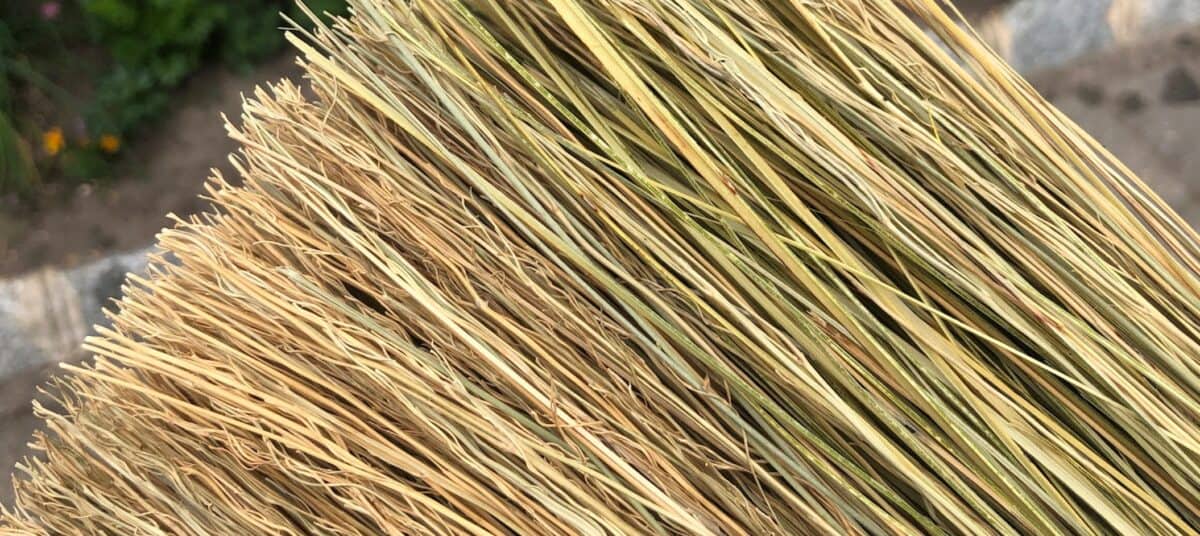What Is The Best Substrate For Snakes?

If you’re a snake owner, you know that there are a ton of different substrates — a fancy word for bedding — on the market to choose from. But with so many options, how do you know which one is right for your pet? In this blog post, we’ll take a look at the pros and cons of some of the most popular substrates so that you can make an informed decision about what’s best for your snake.
Snake Substrate Options
Here are some popular substrate options and our thoughts on each…
Aspen Shavings
Aspen shavings are a popular substrate choice for snake owners. They’re relatively inexpensive and easy to find, and they absorb moisture well. However, aspen shavings can also be dusty, and if your snake ingests them, they can cause impaction. For these reasons, we don’t recommend aspen shavings for snakes.
Cypress Mulch
Cypress mulch is a type of substrate made from the bark of cypress trees. It’s become a popular choice for snake owners in recent years because it has a number of benefits that other substrates lack. For starters, cypress mulch is absorbent, meaning that it will help to keep your snake’s enclosure clean and free of excess moisture. It’s also effective at controlling odor, so your snake’s enclosure won’t start to smell bad over time. Additionally, cypress mulch is eco-friendly and sustainable, so you can feel good about using it in your snake’s enclosure.
Cypress mulch is another popular substrate choice. It’s absorbent and doesn’t retain moisture, which helps to keep your snake’s enclosure clean and dry. Cypress mulch is also relatively inexpensive and easy to find. Cypress, as you might know from buying mulch for your garden, is highly mold resistant so it can last a long time if it stays clean.
However, unlike aspen shavings, cypress mulch can also be dusty (cause impaction if ingested by your snake) and is sometimes mixed with other substrates types that you might not want. Snakes can’t really borrow in cypress, so it’s going to be less than ideal for some specifies.
We don’t recommend cypress mulch for all snakes, but it’s a good choice for most of them.
Pine Shavings
Pine shavings are another way to go. They’re absorbent and don’t retain moisture, which helps to keep your snake’s enclosure clean and dry. Pine shavings are also relatively inexpensive and easy to find. However, pine shavings can also be dusty and can cause impaction if ingested by your snake. For these reasons, we don’t recommend pine shavings for snakes.
Coconut Husk
With that in mind, our top pick for the best substrate for snakes is coconut husk (aka coco coir). Coco coir is made from coconut husks and is an excellent option for reptile owners who are looking for an eco-friendly substrate choice. Coco coir is absorbent and doesn’t retain moisture, making it ideal for keeping your snake’s enclosure clean and dry. It’s also free of dust and other particles that could cause impaction if ingested by your pet.
Keep in mind that coco coir can be really dusty so you might want to shake it out in order to reduce dust before put it in your snake’s enclosure.
Paper Towels, Butcher Paper, or Newspaper
While you’ll lose that natural aesthetic, some people put their snakes right on a form of paper. Newspaper would be the cheapest where butcher paper (a brown, cardboard-textured paper) looks nicer and lasts longer.
We’d only recommend these if your snake had been unwell and needs to be observed as the snake has no where to go and no way to hide, so it’s easy to observe their behavior. Outside of observation, these substrates aren’t interestingly for the snake and offer it nothing in terms of quality of life, so we’d keep their use to a minimum.
What About Sand, Gravel, or Rocks?
While these look great, they don’t absorb odor and they can be difficult, if not impossible, for your snake to burrow into, so they have limited appeal. If ingested by your pet any form of rock can be a problem as digestion isn’t an option and it’ll have to pass through the snake or it’ll cause major problems in short order.
Sand can work for some snakes, particularly the sand boa, but it’s not good for most snakes as it’s abrasive, won’t allow for burrows, and it’s damaging if consumed.
What About Cat Litter As A Substrate?
This might seem like a great option as it’s super odor absorbing, but it’s not actually a recommended substrate. This is the case for a few reasons, primarily because it can be irritating to the snake, it’s not as mold- and bacteria-resistant as the options available (it’s designed to be scooped and thrown out daily), and it can be problematic if consumed, as it was just never made with that possibility in mind.
Cat litter is also very moisture absorbing, so if you are trying to have humidity in the snake’s environment, this is the exact opposite of the substrate you need.
Concluding Thoughts
There are a lot of different substrates on the market to choose from, but not all of them are created equal. In this blog post, we’ve looked at three of the most popular substrates—aspen shavings, cypress mulch, and pine shavings—and examined their pros and cons. While all three substrates have their benefits, they also have some potential drawbacks that you should be aware of before making a purchase.
When it comes down to it, the best substrate for snakes is one that is absorbent, doesn’t retain moisture, and is free of dust and other particles that could cause impaction if ingested by your pet.
